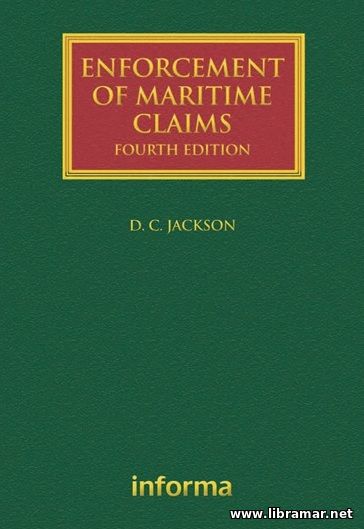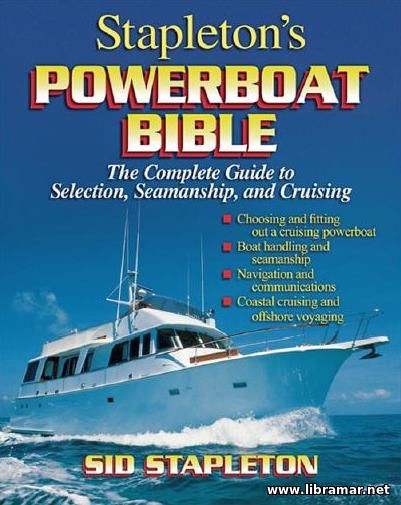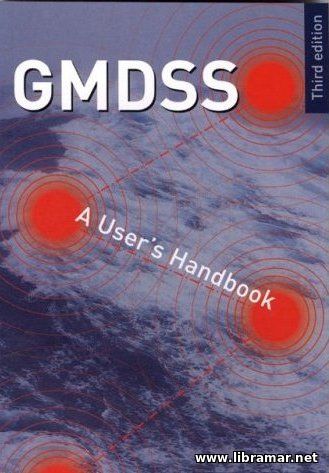ENFORCEMENT OF MARITIME CLAIMS

| Author(s) | D. C. Jackson |
| Publisher | Informa Law from Routledge |
| Date | 2005 |
| Pages | 1424 |
| Format | epub |
| Size | 3 Mb |
| D O W N L O A D | |
The previous edition of the book was released quite a long time ago, in 2000, and snce then there have been substantial national and Europeanl developments. The significant EU extension has eventually resulted in the increase in scope of European law.
With particular relevance to the present work this extension has been accompanied by bringing the jurisdiction and judgments regime of the Brussels Convention into that law through Reg. 44/2001. However, it shall be noted that subject Convention and the Lugano Convention remain in force—the first as regards Member States and Denmark and the second as it was prior to the Regulation.
The advent of the Reg. means an additional question of which Euro regime applies, and has raised important issues of the Member States' power to become parties to the multilateral maritime treaties. In English law, taken apart from the European matters, the principal relevant developments have been the full inclusion in the Civil Procedure Rules of Admiralty and Arbitration proceedings, the continuing construction of the Rules compared to the earlier Supreme Court Rules and on a particular jurisdictional issue, the approach applied to the anti-suit injunction. Charterparties and bills of lading. The pattern of the book remains as in previous releases.
There are five parts. Parts I and II encompass the extent to which a connection is required between England and a dispute for an English court to hear and determine the dispute, the characteristics of the actions in personam and in rem as methods of enforcing a claim, grounds for and restrictions on powers of the English courts to hear and determine the disputes—including the relationship between English and European law, time restrictions on the bringing and pursuit of a claim, the availability and nature of arbitration considered an alternative to litigation. Part III is a discussion of interim relief and the extent to which, if at all, a claimant can ensure that the defendant's assets are available to satisfy a judgment. Part IV is concerned with the security interests in assets—particularly those created or enforceable by an action in rem.
There is a duly detailed professional examination of the concept of a lien, together with the connections existing there between a lien and the action in rem, and the characteristics of various types of lien and priorities between them. One of the chapters in this part of the volume has been devoted to the complex questions of the creation of liens by contract, particularly in charter-parties plus bills of lading.
The "Read Later" function allows you to add material to this block with just one click. Just click on the icon and read the articles that interest you at any convenient time.


